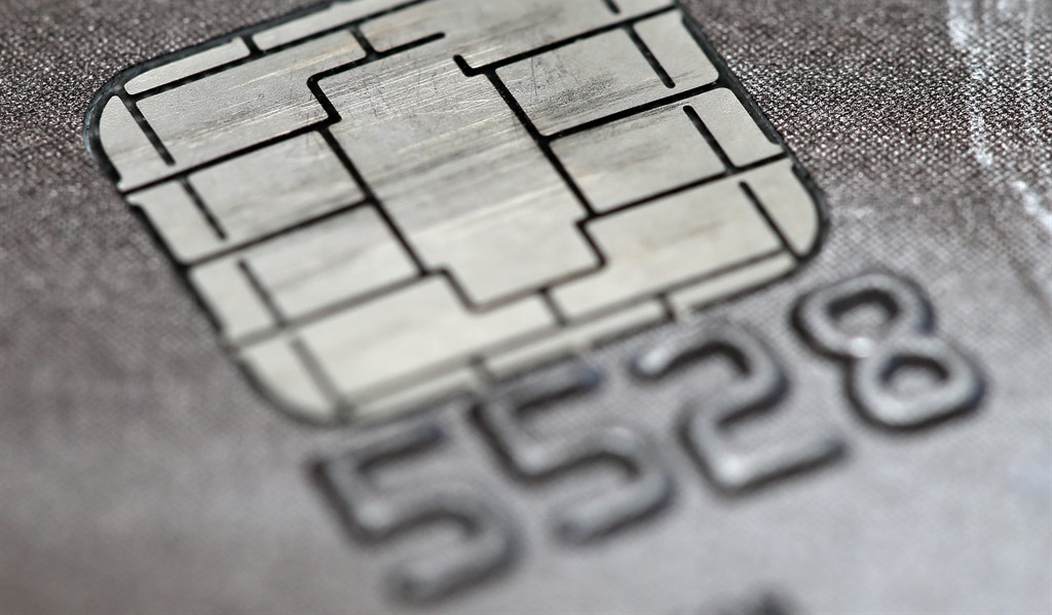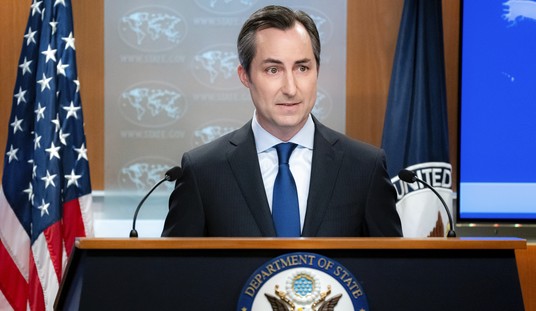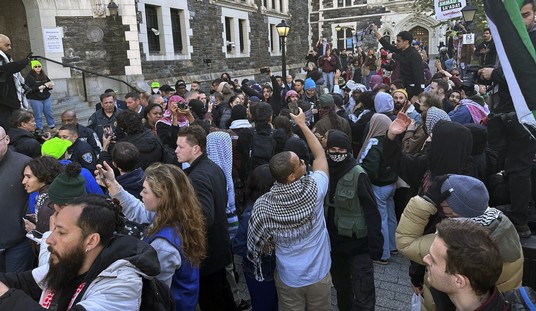Close to half of the illegal immigrant population here in the U.S. came to the U.S. legally but overstayed their visas. A case in point: According to the Wall Street Journal's report, Mariya Chernykh, from Russia, came to the U.S. legally in 2009 on a three-month educational-exchange visa. She didn’t return to Russia after her visa expired. Instead, she remained in the U.S. illegally until she married a U.S. citizen, Enrique Marquez Jr.—the person who bought rifles and sold them to the San Bernardino shooters. Her marriage qualified her to become a legal immigrant, a green card holder. The day after the San Bernardino shooting, she took her green card interview. Even though Mariya Chernykh is not implicated in the San Bernardino shooting case, the fact that she overstayed in the U.S. for six years with no consequences and is eligible for becoming a green card holder says a lot about the Department of Homeland Security’s failure to enforce the law. In a country that gave birth to Google, Apple, and Facebook, we as a nation have embarrassingly few means to identity and track visa overstays.
There's no question that we need to do a better job of keeping track of nonimmigrant visa holders. It may be time we as nation consider issuing smart identification cards to each nonimmigrant visitor at his or her port of entry. Each smart ID card has embedded integrated circuits that may contain at least the following information:
· Personal information. This includes photo, passport information, and bio-metric information. According to the Enhanced Border Security and Visa Entry Reform Act of 2002, we have been collecting basic bio-metric information such as fingerprints and taking photos of all non-resident aliens at ports of entry, so it shouldn’t be too difficult to add this information to a smart card.
· Visa information. This includes type of visa and visa issuance and expiration dates.
· Visa holder’s U.S. sponsor or contact’s information. This could be an employer, a school or institution, a U.S. citizen, or the organization that sponsored the visa holder’s visit. This is the kind of information that current law already requires the State Department to obtain prior to issuing a visa. In today’s process, the State Department sends this information electronically to the United States Citizenship and Immigration Services (USCIS) , so agents at ports of entry have this information. All I am suggesting is adding another step by asking the USCIS to store this information on a smart card for each approved visa holder.
Recommended
· Date of entry into the U.S. and expected departure date. The expected departure date should be based on the expiration date of an employment contract for a work visa, expected graduation date for a student visa, program end date for a scholar visa, and the date on the round trip airline ticket for all other visitors. Having this date on the smart card is important. When the expected departure date arrives and the visa holder hasn’t departed, both the USCIS and the visa holder’s U.S. contact should be notified immediately. The visa holder’s U.S. contact should be held accountable to ensure the visa holder either departs the U.S. on time or files a visa extension in time. If the U.S. contact fails to keep track of his or her sponsored foreign visitors, that contact shouldn’t be allowed to sponsor anyone else for at least five years.
Most information I suggest adding to the card is information the State Department and/or the USCIS currently collects. Except the bio-metric information, most information is collected before the visa holder’s arrival and can be stored on a smart ID card in advance. At the port of entry, all the agent has to do is to add a photo and bio-metric information to the card and hand it to the visa holder. The visa holder should use the smart ID card anywhere within the U.S. where proof of identification is required.
The smart ID card is nothing new. The technology has been around for more than three decades, and competition has driven down the cost tremendously. Many countries that are normally technically less advanced than the U.S. are already using the smart ID card. Turkey implemented the first smart card driver’s license system in 1987. The Estonian government started to issue smart cards in 2002 as primary identification for citizens (to replace the usual passport in domestic and EU use). Spain and Belgium have used smart ID cards since 2009. Smart ID cards are most widely used in India: over 500 million Indian citizens who are 18 or older had received a smart ID card as of 2013. These governments and authorities use smart ID cards not only because of their improved security, better data, and reduced processing costs, but also because issuing a smart ID card is a lower-cost option than other traditional means. It’s a viable and affordable option for the U.S. to use to keep track of who’s coming and going and whether anyone is overstaying.
























Join the conversation as a VIP Member